Overleaf 模板库LaTeX 模板和示例 — Recent
探索 LaTeX 模板和示例,以帮助完成从撰写期刊文章到使用特定 LaTeX 包的所有工作。
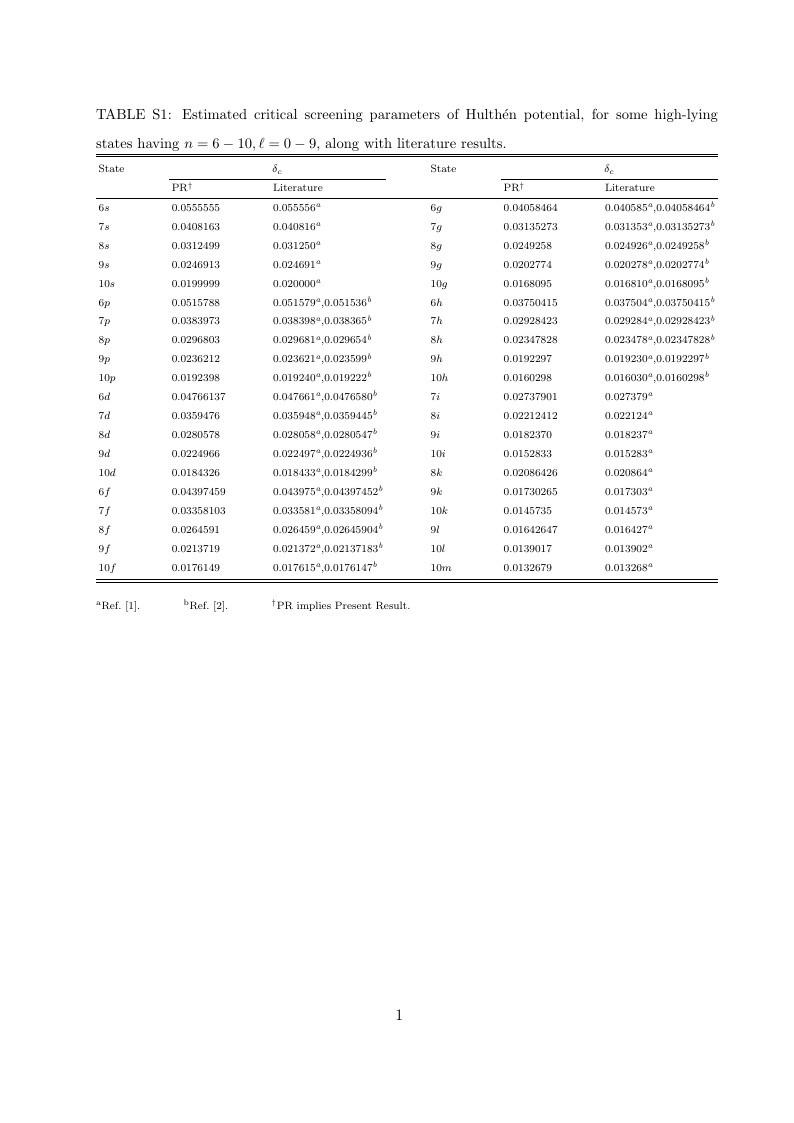
quantum
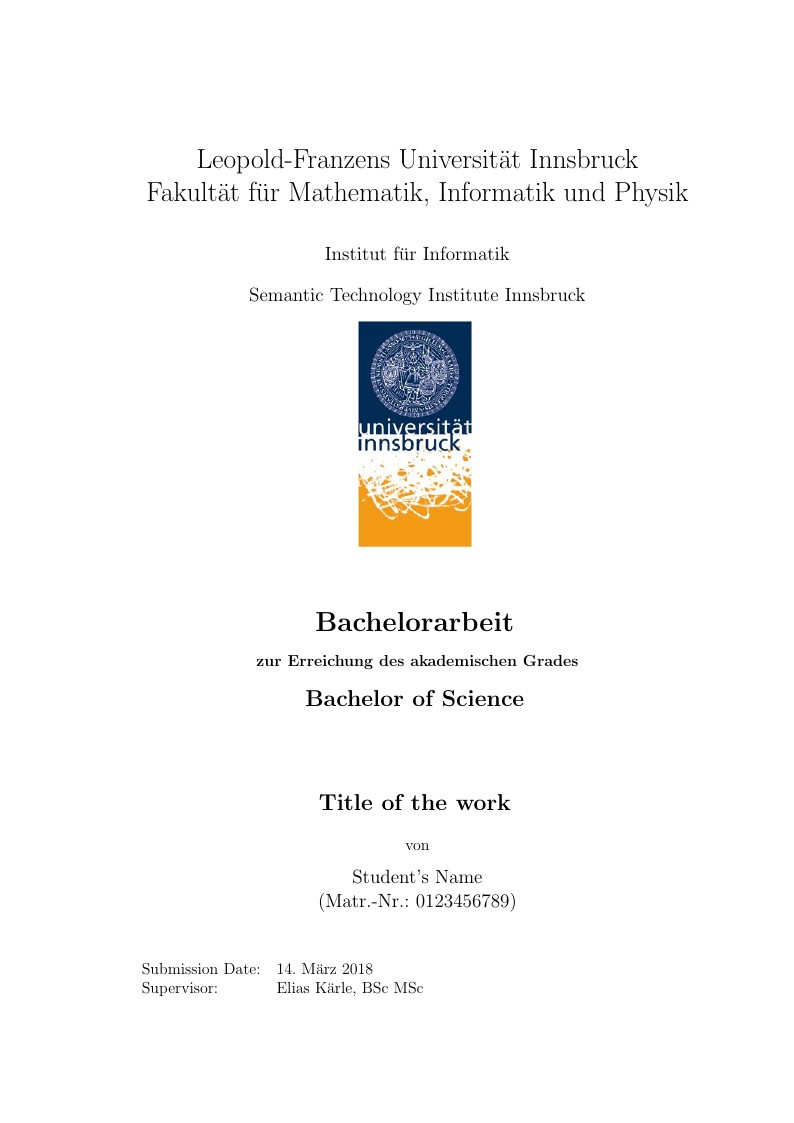
Bachelor/Master Thesis Template UIBK, STI Innsbruck, Original Author unknown.
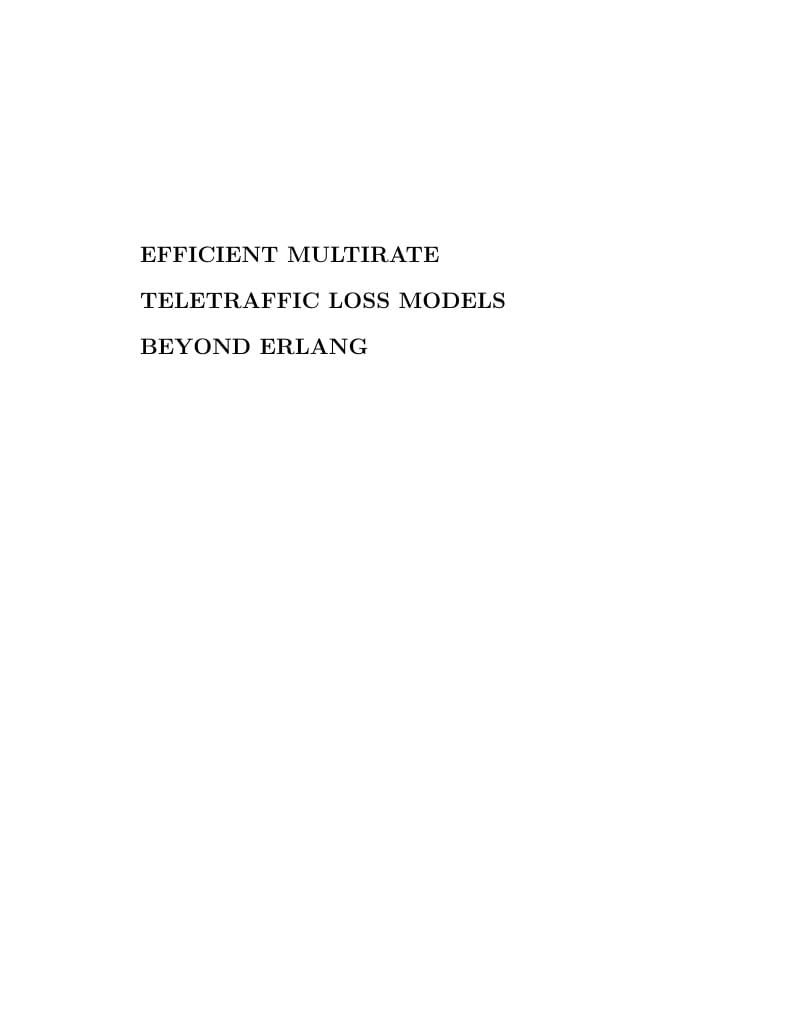
(Downloaded from Wiley's Resources for Book Authors) Using the Wiley LaTeX template allows authors to focus on the content rather than the appearance of their submission. The template facilitates structuring of the manuscript, e.g. managing heading levels, and the straightforward creation of equations. If you wish to use the Wiley LaTeX template, please discuss first with your Wiley contact. Note: The template will not be used for the presentation of the final page layout.
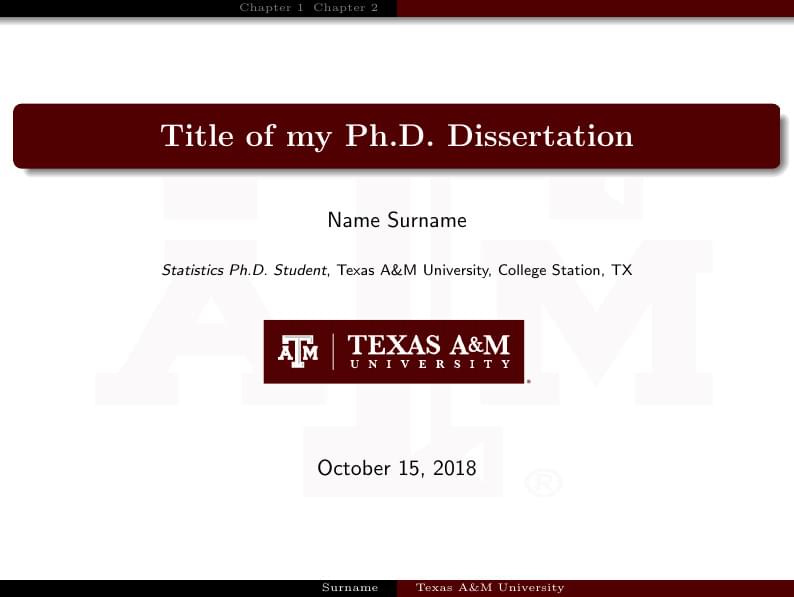
This beamer template is intended for Texas A&M University graduate students. I used this template during my Ph.D. defense.
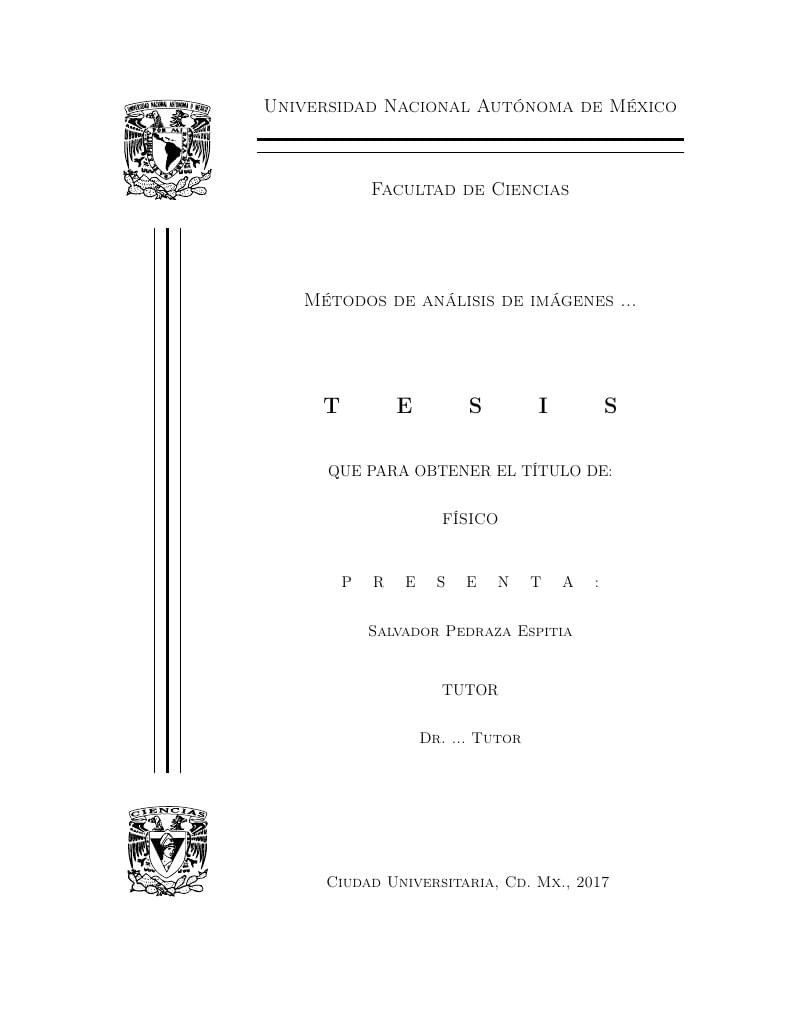
Portada usada para TESIS de licenciatura en la Universidad Nacional Autónoma de México, UNAM twitter: @sglvgdor
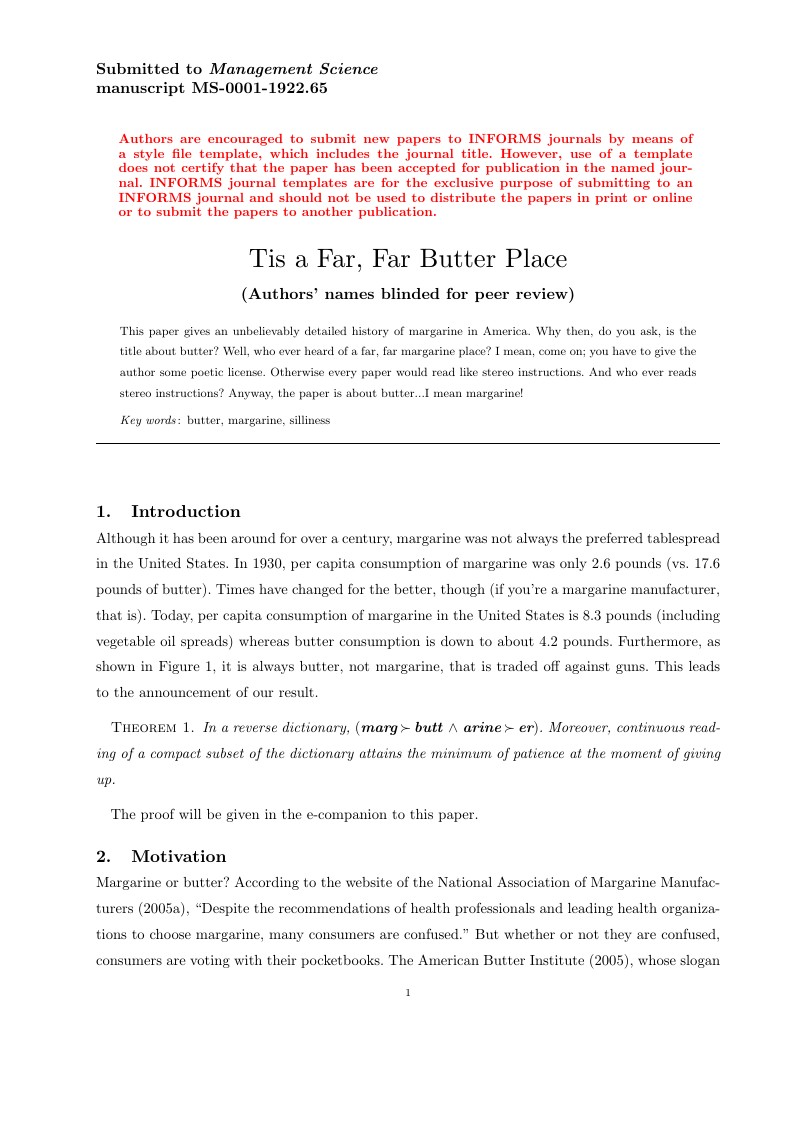
Author template for Management Science (mnsc) for articles with e-companion (EC) Mirko Janc, Ph.D., INFORMS, mirko.janc@informs.org ver. 0.95, December 2010
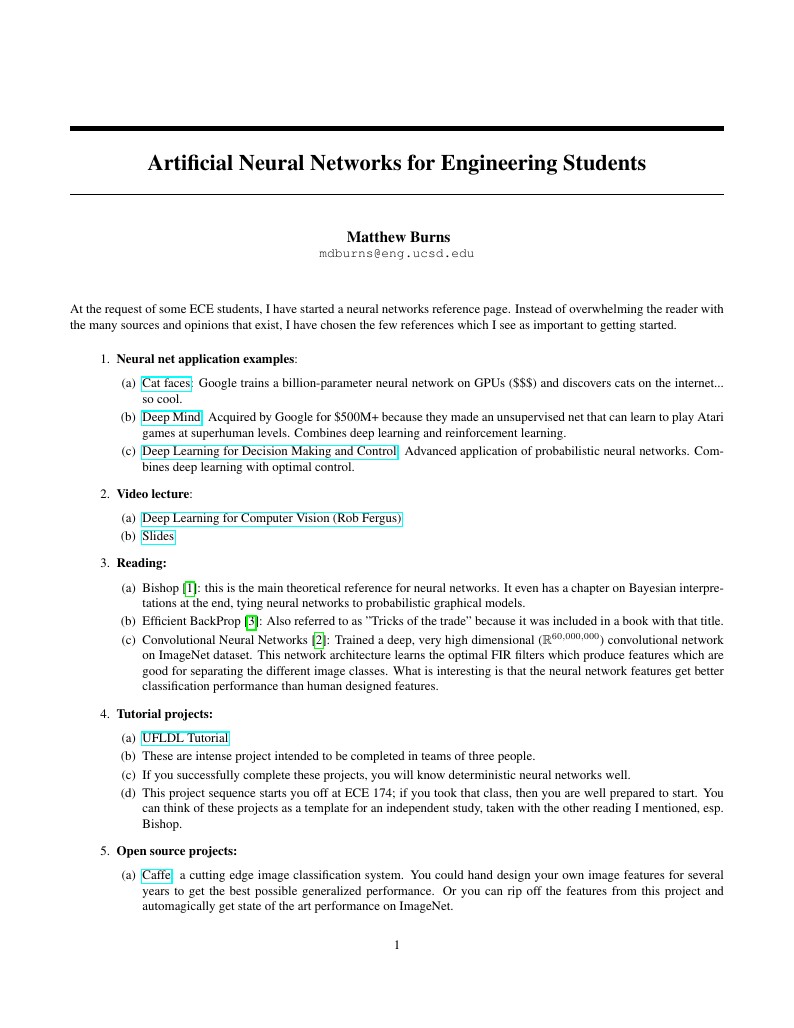
A primer to get UCSD ECE students into neural networks.
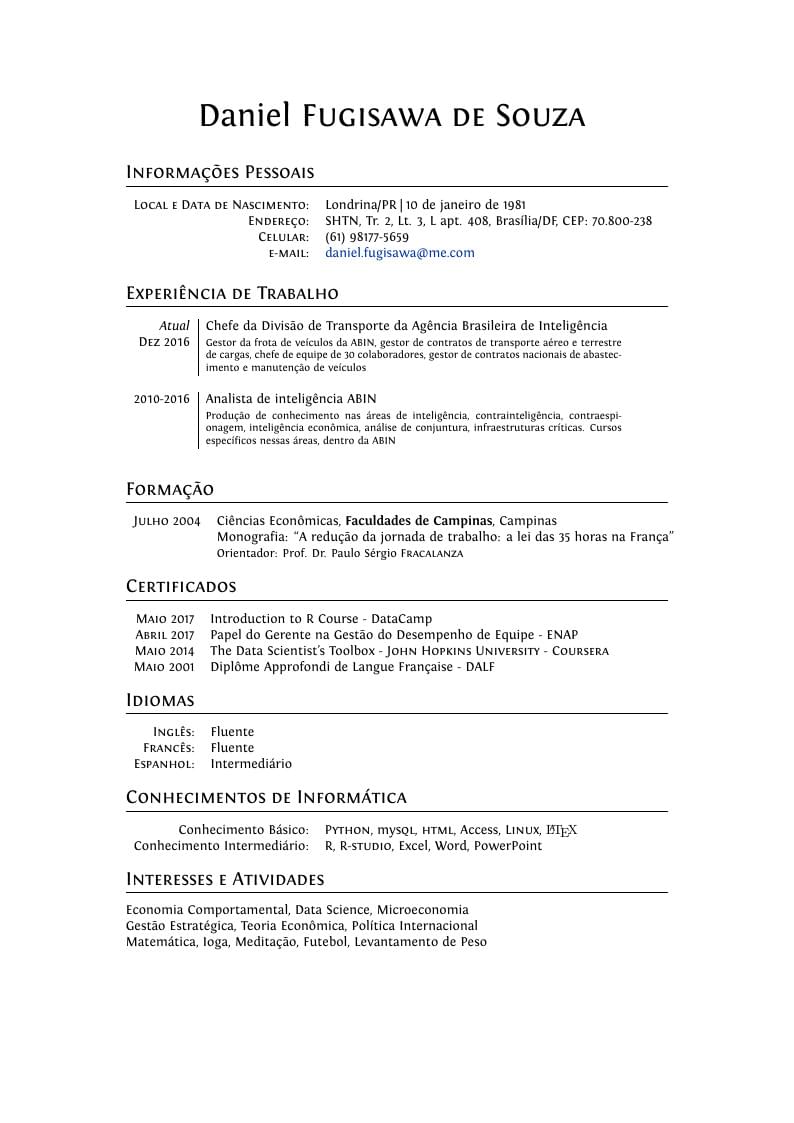
Daniel Fugisawa de Souza's CV
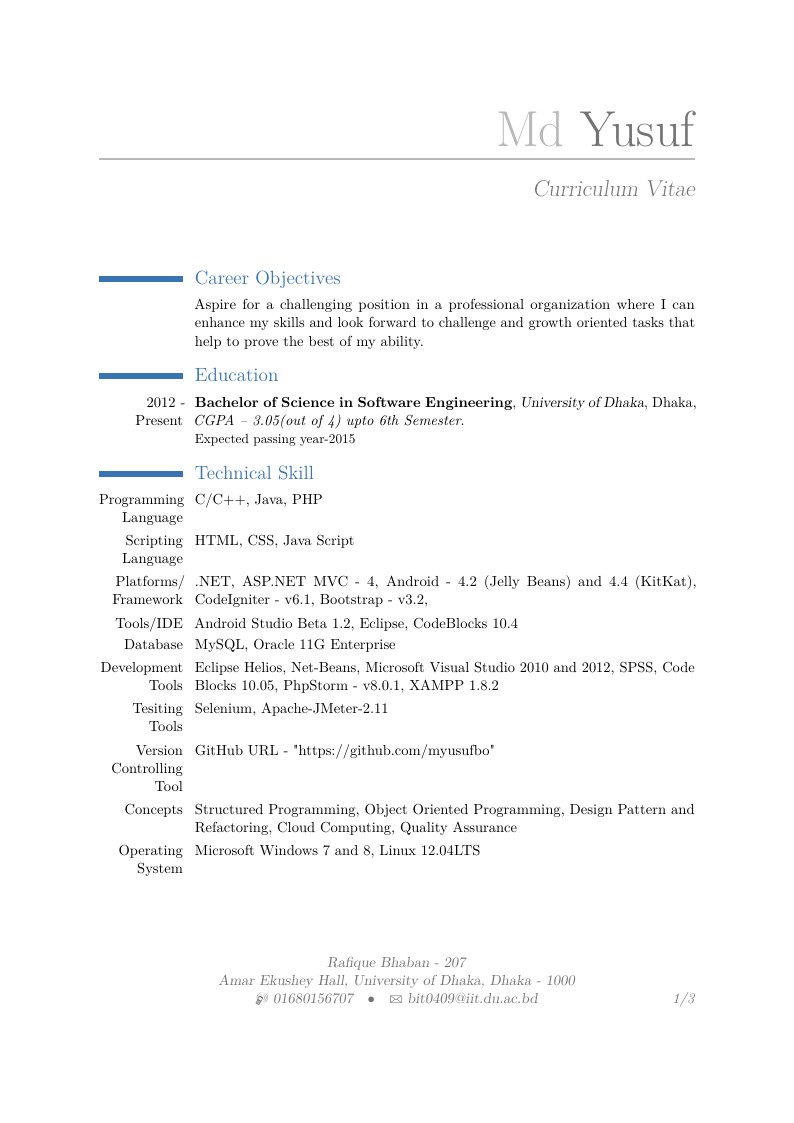
"ModernCV" CV and Cover Letter LaTeX Template Version 1.1 (9/12/12) This template has been downloaded from: http://www.LaTeXTemplates.com Original author: Xavier Danaux (xdanaux@gmail.com) License: CC BY-NC-SA 3.0 (http://creativecommons.org/licenses/by-nc-sa/3.0/)